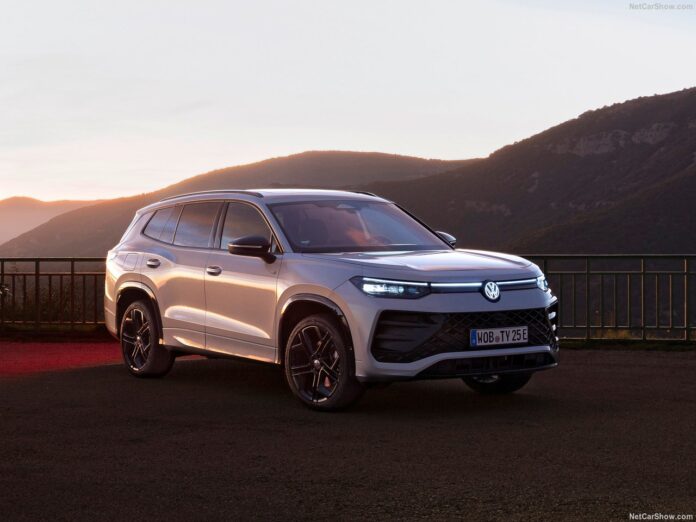European Car Market in 2025 is slowing down. Q1 figures fell 0.9%, totaling 3,66 million units. EV Sales defied the overall negative trend, growing 16.9% and surging in Germany and Italy, with intense competition between european and chinese brands as Tesla is losing ground.
Economic Environment
The euro area economy is facing persistent geopolitical and policy uncertainty, slowing recovery and leading to weaker-than-expected growth, with GDP projected to rise by just 0.9% in 2025 before strengthening to 1.3% in 2027. Export and investment outlooks have been revised downward due to ongoing trade policy uncertainty and competitiveness challenges, though rising wages and easing financing conditions should support domestic demand.
Inflation is expected to moderate, with HICP inflation at 2.3% in 2025, gradually aligning with the ECB’s 2.0% target by 2027, though energy price fluctuations and climate policies may impact the outlook. Global growth briefly strengthened at the end of 2024, but US trade policies and a weakening services sector are now creating headwinds, increasing uncertainty for global investment. While the labour market remains resilient, with unemployment expected to decline to 6.2% by 2027, productivity improvements remain a key challenge.
Automotive Industry Trend and Outlook
The European Car Market totaled 3,66 million in Q1 of 2025, reporting a 0.9% loss in year-on-year volume compared to the prior year.
Looking at cumulative data up to March 2025, Germany retained the top spot with 661,316 sales. Despite a 4.4% year-on-year decline, it accounted for 18% of total European sales. UK followed in 2nd place with 580,502 sales (+6.4%) and a 15.8% market share.
Italy closed the podium with 443,837 sales (-1.6%) and a market share of 12.1%.
France ranked in 4th with 410,083 sales (-7.8%), followed by Spain -up 1 spot- with 279,372 units (+14.1%).
Turkey -down 1 spot- ranked in 6th with 276,068 new registrations (-6.6%), followed by Poland which secured 7th spot and reported 142,105 sales (+2.5%). Belgium ranked 8th with 120,932 units (-10.5%).
Netherlands followed in 9th, reporting 91,448 sales (-9.8%), while Austria closed the Top 10 with 66,237 sales (+4.7%).
EV Market Trend and Outlook
Europe’s EV market surged 16.9% in Q1 of 2025. With a 11.2% share of total car sales, the introduction of stricter emission regulation and greater model availability prompted growth within the segment, though with great disparity between brands.
Volkswagen surged 119.9% and secured leadership, climbing 1 spot. Tesla followed in 2nd, losing 34.5% and dropping 1 spot while BYD ranked 3rd, climbing 10 spot and gaining 324%. BMW followed in 4th, losing 1 spot (+3.9%) while Renault closed the Top 5 growing 4 spots and 71.3%.
Medium-Term Market Trend
The European automotive market, spanning 43 countries from Portugal to Russia, was the third-largest globally in 2024, following Asia and the Americas, with 14.17 million new car sales, marking a 0.9% increase from 2023.
From 2014 to 2019, regional sales grew steadily, rising 17.19% and reaching a decade-high in 2019.
However, the COVID-19 pandemic severely impacted the market in 2020, causing a 21.2% drop due to lockdowns, economic uncertainty, and supply chain disruptions.
In 2023, the market rebounded, growing by 16%, driven by pent-up demand and government incentives, stabilizing at around 14 million units into 2024.
Meanwhile, EV sales expanded rapidly, growing 183% between 2014 and 2017, fueled by technological advancements and supportive policies. Despite the COVID-19 crisis, the EV market nearly doubled in 2020, continuing a steady 300% increase from 2020 to 2024, reaching 15% market share, thanks to strict emissions regulations, improved charging infrastructure, and rising consumer awareness of sustainability.
Tables with sales figures
In the tables below we report sales for the top 20 countries.











